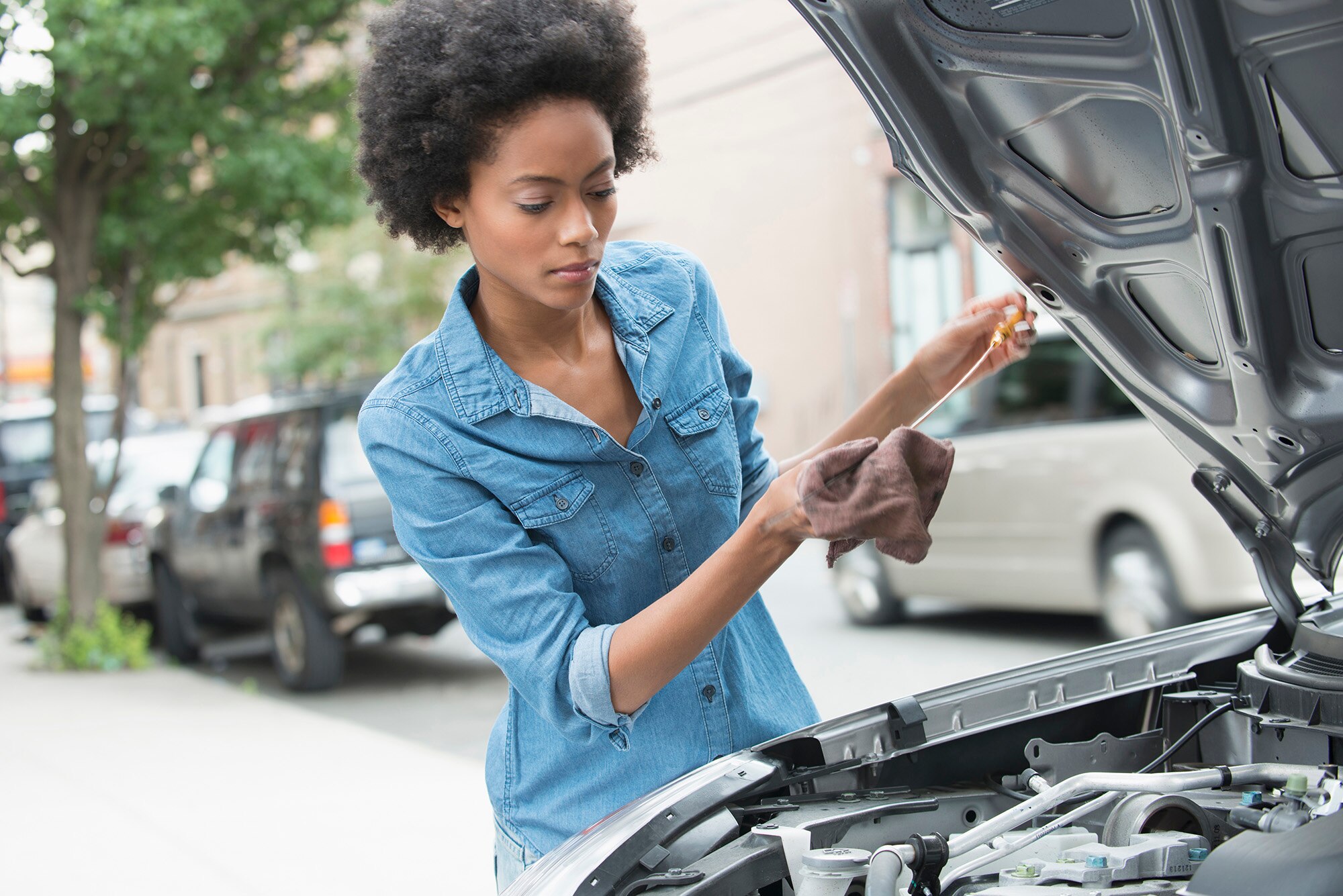How to Prep Your Car for a Road Trip
These maintenance pointers can help you enjoy trouble-free traveling.
 Getty Images
Getty Images
A road trip can be a fun way to travel, but a car breakdown can quickly derail the excitement. Before you head out on the highway, there are a few basic preparations you can do to help ensure a trouble-free trip.
Check Under the Hood
Pop your car's hood and do a basic visual check to be sure there's nothing amiss underneath. Look for obvious oil and other fluid leaks, loose wiring, or worn-out belts. Start the engine and listen for any unusual noises, especially with the belt-driven pumps and pulleys on the front of the engine. A squeaky belt or pulley is not likely to get quieter on the road and is likely to require attention.
Check the oil level, and if you're going on a longer road trip, consider doing an oil change before you leave. Check all the power steering, coolant, and washer fluids. If any of the fluids is drastically below the full line, it's worth having your vehicle looked at by a mechanic before you leave. If your car has had any lingering issues, noises, or dashboard warning lights, it's also wise to get those looked at.
Check the Tires
Tire health is extremely important on a road trip. Don't hit the road with worn-out, cracked, or bald tires. It could be unsafe for you and everyone else involved, from passengers to other drivers. Check your tires' tread depth by putting a penny in the tread with Abraham Lincoln facing upside down. If you can see the top of his head with the penny jammed in the tread, you may need new tires before you leave.
Keep on top of your tire pressures, too. The appropriate tire pressures for your vehicle are typically on a sticker on your car, often in the driver's door jamb. Get a gauge and check that the pressures align with this sticker. If they do not, add or remove air accordingly.
Check your spare tire, too. You don't want to find a deflated spare when you need it. Tire pressure can change with environment and altitude, so check throughout the trip, especially as correct tire pressures can also improve fuel efficiency.
Prepare for Emergencies
In addition to ensuring that your spare tire is full of air, check that you have a jack and tools to put on your spare tire — and that all is in good order. If you can perform automotive maintenance on your own, you might also consider packing a tool kit appropriate for your vehicle.
If you do break down, be prepared if you end up waiting a while. Make sure you have some emergency food on board. If you're traveling when it could get cold, pack blankets and extra clothing to keep you warm for a few hours.
Finally, if you have an auto-club membership or belong to a roadside-assistance program, make sure your memberships are paid up and bring any cards you need with you.
Written by humans.
Edited by humans.
 Greg Fitzgerald
Greg FitzgeraldGreg Fitzgerald is a New Jersey-based writer, photographer, adventurer, historian, and Land Rover enthusiast. When he's not writing about travel or cars, he's probably getting away from it all in the wilderness.
Related articles
View more related articles